Jadis I-35 Integrated Amp
Original price was: $7,995.00.$2,950.00Current price is: $2,950.00.
Jadis I-35 Integrated Amp – Clean Demo!
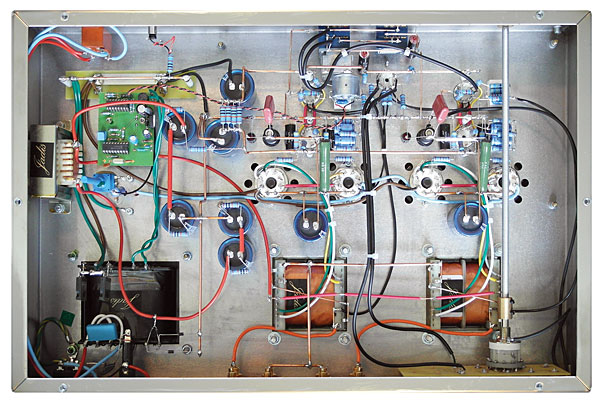
Jadis I-35 inside
Product Description
Jadis I-35 Integrated Amp – Clean Trade In!


Jadis I-35 inside
SPECIFICATIONS
Type Integrated amplifier with optional remote control
Bias Automatic
Power 30W Class-A
Input type 5 line input and one line output, 2 speaker output (for bi-wiring)
Bandwidth 20Hz to 20kHz
Number of blocks 1
Tubes list 4 x KT88/KT120/6CA7, 2 x ECC83, 3 x ECC82
Dimensions 485x345x330mm
Weight 31Kg
Consumption 275W
DESCRIPTION
The Jadis I35 integrates both active preamplifier and amplifier which bring high musicality. It delivers 30 watts in pure classe A. Moreover, remote controller can be added on demand.
REFERENCES
Bass is plentiful but well balanced with a good notion of weight on the notes. On complex message, sections remain well separated, timbre and amplitude of each note is easily distinguished in the musical mass. Sound stage is large and well dimensioned. Once again, Jadis scheme allows tubes to give their very best in terms of timbre accuracy, harmonic envelop and tonal balance. HAUTE FIDELITE 2019
Jadis I-35 integrated amplifier
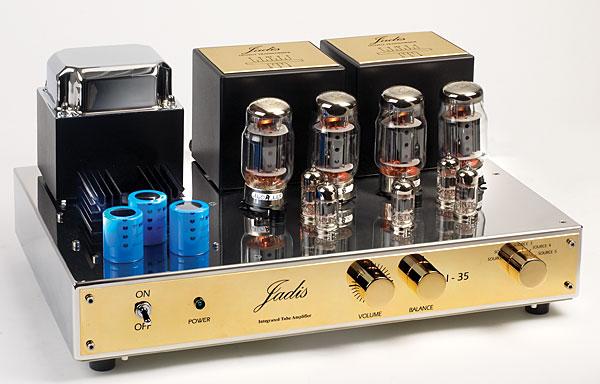
Last summer, in an uncharacteristic fit of wanderlust, I took an American Airlines flight to London. Two days later, I rode the Eurostar train to Paris in the company of my daughter and my wife, a travel agent, who had secured first-class train accommodations on her professional discount. Our ride was brisk, but the upgrade would have been a waste at any price: The Eurostar food was vile.That would be my last bad meal for a long time: The food in Paris, from the humblest baguette to the loftiest saumon en croûte, was brilliant, the French apparently having determined long ago that life is too short for bad food. My family and I were inspired. Since that time, we have brought to bear on our day-to-day lives as much as possible of their culinary thinking.
My story could end there, except for one thing: Not long after my return to upstate New York, I received from their North American distributor an integrated amplifier made by Jadis, the family-owned company that has, since 1983, built tube electronics in the Languedoc-Roussillon region of southern France. The I-35 amplifier looks beautiful and—forgive the spoiler—made music in a manner that would seem to guarantee it a place among a hallowed few. Apparently, there are those among the French who believe that life is too short for bad hi-fi gear, as well.
Description
The Jadis I-35 ($7995) is a true integrated amplifier, inasmuch as it incorporates both a stereo power amplifier and an active stereo preamplifier—the latter instead of a mere passive line stage. The distinction may seem unimportant to some, but to those of us who tend to regard passive preamps as somewhat lacking in musical drive and momentum, it is anything but. Like the vast majority of today’s perfectionist-quality integrated amplifiers, the I-35 does not include a phono section.
The I-35 uses five small-signal tubes, the centermost of which—a 12AU7 dual-triode—provides line-level gain for both channels of the active preamp stage. Two other 12AU7s function as left- and right-channel phase inverters for the push-pull power section, while a pair of 12AX7s drive the power tubes.
The output section is built around the recently introduced KT120 tube, a descendent of the original MO Valve Compnay KT88 “kinkless tetrode.” Billed elsewhere as the most powerful beam-power tube available, the KT120 has, in the Jadis I-35, been given a somewhat more refined role, with one pair per channel biased for class-A operation, offering a crazy-high 30Wpc. The KT120s are run in autobias mode—which, one presumes, will maximize tube life—and operate in an Ultralinear circuit, with plates and screen grids for each channel tied to the split-coil primaries of transformers designed and made in-house.
The Jadis I-35’s power supply also uses Jadis’s own iron: a mains transformer of considerable heft plus a moderately sized choke, the latter electrically sandwiched between two banks of reservoir capacitors, forming a pi filter of the usual sort. Rectification is all solid-state, implemented with individual semiconductor diodes for the rail. Regulation seems to be especially generous for the hefty filament supply, incorporating as it does a top-mounted TO3 regulator with its own heatsink. Indeed, during my time with the I-35 I heard not the slightest bit of hum or noise.
The I-35’s construction quality is well above average. The generous size of the chassis—made necessary, I suppose, by the considerable weight of the thickly potted transformers—has been put to good use. Input connections for the hefty rotary selector switch are made using a printed-circuit board, and my review sample had a small logic board for its remote control’s IR receiver; all other wiring is done by hand, point to point, with distinctly clean, logical routing and dressing of wires. Solder joins were consistently clean and well done: The I-35 looks nearly as good inside as outside.
Speaking of cosmetics: Although a few other companies have aped, in the years since their debut, the signature Jadis combination of chromed steel chassis and brass-colored knobs and faceplate, none have captured quite the same look: Somehow, the Jadis I-35 comes out looking lighter, smaller, and more delicate than it really is (aided in this effect by the lovely script logo, I think)—a welcome distinction in a hobby overburdened with bulk and little-boy-ishness.
Installation and setup
As one might expect of any amplifier that, at 55 lbs, weighs more than a large microwave oven, the single most difficult part of installing the Jadis I-35 was lifting it free from its good if somewhat travel-worn carton and packing materials. For that reason, and because the rather wide amp had trouble sharing the top of my rack with my rather wide turntable (the lower shelves offered too little clearance), the I-35 spent the bulk of its time here on my hardwood floor. For their part, the amp’s nine tubes were safely contained in their own subcarton, and were lettered and numbered for installation—which, after I’d determined how to remove the black-mesh tube cage, went smoothly enough.
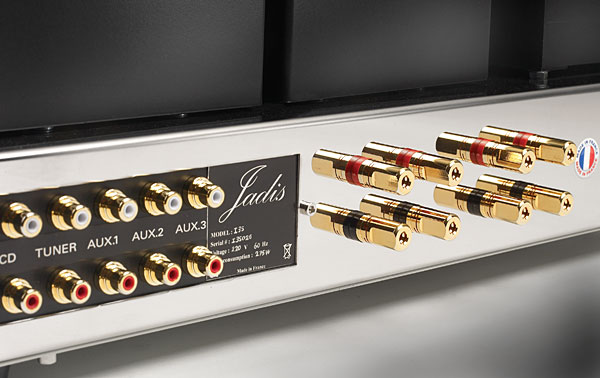
The only other challenge came when I set about connecting the I-35 to my loudspeakers. There are two complete sets of binding posts on the rear panel, but—apart from red rings on the top row of connectors and black rings on the bottom—there are no markings at all. Beyond suggesting that “the load impedance is pre-adjusted in the factory for loudspeakers from 4 to 16 ohms,” the owner’s manual offers no clues; my confusion was made worse by a graphic atop both of the output-transformer covers, suggesting the existence of individual secondary windings for loads of 4 and 8 ohms. Ultimately I learned, from the FAQ section of the Jadis website, that the two sets of output connectors are in parallel with each other (I later saw that Jadis accomplishes this by mounting pairs of connectors together on uninsulated copper plates), and I learned from experience that the left-channel connectors are the ones closest to the left side of the amplifier when viewed from the front, and so on.
Jadis I-35 integrated amplifier
One hookup concern that the I-35’s manual does make clear: This amplifier inverts absolute signal polarity. To hear it at its best, the user must swap the speaker connections black for red and red for black, for both channels. Which I did.I used the Jadis I-35 with my usual source components, supplemented with a Sutherland Engineering Insight phono preamp loaned to me earlier in the year; the Insight was typically set for low gain and high impedance, and preceded by my Hommage T2 phono transformer. Loudspeakers were my Altec Valencias (16 ohms) and our review pair of DeVore Fidelity Orangutan O/96s (10 ohms). During the review period I avoided accessory AC cords, accessory fuses, isolation devices, tube rolling, burn-in recordings, and all manner of isolation devices.
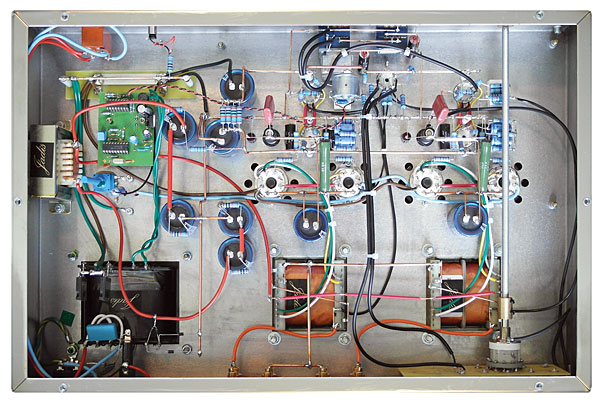
Listening
I did, however, perform one seemingly unrelated task during the I-35’s first afternoon in my system: Using a recipe acquired from Chef Google, I cooked my first petit salé. This traditional dish of green lentils and salted pork (the name means “little salty”) was introduced to me by Stereophile reader and Paris resident Mark Donen, whom my family and I had the pleasure of meeting in July.
Although I don’t care at all for background music, the stuff is not without its place, especially when running-in a new component prior to review. So it was that afternoon, when I performed all of my lentil-soaking, carrot-chopping, pork-salting, and bay-leaf–finding chores to the sounds of—you guessed it—the well-known Mozart à Paris, brilliantly reissued not long ago, on seven LPs, by the Electric Recording Company (Pathé/ERC DTX 191-197). But there was a catch: Just as I find when my own Shindo preamp and amps are in the system, those Mozart recordings were impossible to ignore when the Jadis was doing the amplification honors. Time and again, I found myself interrupting my work to sit in front of the music system (which is around the corner from the kitchen). Equal parts annoyed and impressed, I had to turn off the music until dinner was served.
Once I’d settled in for serious listening, the I-35 stood in unmute testimony to the folly of confusing a thing’s sound with its appearance: The large, heavy Jadis sounded, if anything, just a bit lighter and sunnier than average—but never inappropriately so, and never to the detriment of the performance. The amp curled itself, gracefully and prettily, around the electric melodies passing through it, preserving subtleties of timing and nuance without sacrificing force. It was identifiably tubey—in the level of the saturation of its colors, and in the consistently organic, nonmechanical manner in which it played lines of notes—yet it never sounded colored.
With the Elgar Violin Sonata, performed by violinist Midori Goto and pianist Robert McDonald (CD, Sony Classical SK 63331), the Jadis sounded different from my usual combination of Shindo separates, but just as satisfying in its own way. The piano’s first arpeggio in the Romance: Andante was as deliciously physical as with the best amplification I’ve heard: no small feat. The sound was tauter than that of my Shindo separates: a little less full and rich, but with better—and, it must be said, wider—spatial distinction between the two instruments. The system’s sense of momentum, with the Jadis, was just about perfect, and dramatic peaks sounded easy and human. Absolutely lovely.
At the other end of the spectrum, the decidedly harsh cymbals, gritty guitar sounds, and mildly shambolic tempos throughout Big Star’s surprisingly good In Space (CD, Ryko RCD 10677) maintained their characters, texturally, timbrally, and temporally, without taking on added distortions of any form. The music rocked, and sounded both tuneful and impolite, as hoped. In somewhat the same vein, notwithstanding the excessive (if artistically applied) compression in the original recordings, the Jadis sounded wonderful with the mono version of The Beatles, taken from the boxed set The Beatles in Mono (CD, Apple 5099969945120). The electric bass on every number throughout this album sounded almost perfect: just the right color, tautness, touch, and rhythmic aplomb. I wouldn’t have minded just a little more bass weight, but the listening experience never left me wanting. I wanted, again, a little more bottom when I listened to “People Get Ready” and other selections from Aretha Franklin’s Lady Soul (LP, Atlantic SD 8176), a recording on which there is no more important musician than Tommy Cogbill, the studio great who, with fellow-bassists Duck Dunn, Chuck Rainey, James Jamerson, and Carol Kaye, helped define the sound of American pop music in the 1960s.
The Jadis sounded magnificent with Lovro von Matacic and the Czech Philharmonic’s peerless recording of Bruckner’s Symphony 5 (CD, JVC JM-XR24203): one of the best-sounding digital recordings in my collection, if only for the staggering quality of the music it contains. As with the other recordings I’ve chosen to describe the character of the Jadis, this one is characterized by supple melodic lines, brisk tempos and sudden changes of tempo, and a general level of sonic invention that is anything but static; to say the Jadis satisfied is stronger praise than it may at first seem.
Yet the Jadis didn’t require complex arrangements, or even a terribly wide dynamic range overall, to impress with its musicality. Throughout the blessedly simple album Red Headed Stranger, by Willie Nelson (LP, Columbia/Impex IMP 6004), the Jadis I-35 maintained its focus on three things: the realistic portrayal of the tone of Nelson’s voice and nylon-string guitar, and the convincingly supple, forward-leaning, nonmechanical portrayal of melodic lines. This is not to say that the French amp let everything else go to hell in a handbasket: It simply played music in such a way that secondary concerns—bass depth, stereo imaging, etc.—were given precedence over the primary concerns. Compelled nevertheless to comment on the amp’s spatial performance, I would say that the Jadis I-35 offered quite respectable stereo imaging, with, as suggested above, a very good and clear sense of the spatial relationships between different sounds in a stereo recording. But it lacked the last word in the size, scale, and depth of the performing space: Recordings noted for being “stereo spectaculars,” such as the classic recording, by Ernest Ansermet and the Orchestre de la Suisse Romande, of Falla’s The Three-Cornered Hat (LP, London CS 6224), may not, through the Jadis, set high-end hearts a-flutter. But I was thoroughly happy.
Conclusions
During its time in my system, the I-35 delivered every bit of the presence, tone, and texture that I would hope to hear from a contemporary tube amplifier: no small feat in itself. Yet looking back on my listening notes of the past couple of months, I see that most of my observations have more than usual to do with music, and less to do with sound, per se: a good sign.
Indeed, although my preference endures for the sound and the presentation of my own reference electronics, the Jadis I-35 was good enough at playing music—at drawing me into the melodies and harmonies and rhythms and ideas captured in my records—that I wasn’t watching the clock (or the calendar), waiting for the review period to end. This is a damn good amp for getting to the essence of music.
I haven’t heard much else from Jadis’s current product line; I have no idea whether or not the I-35 is representative. But the I-35 makes me want to hear more from Jadis—and I hope that I will. Life is short enough as it is.
You must be logged in to post a review.


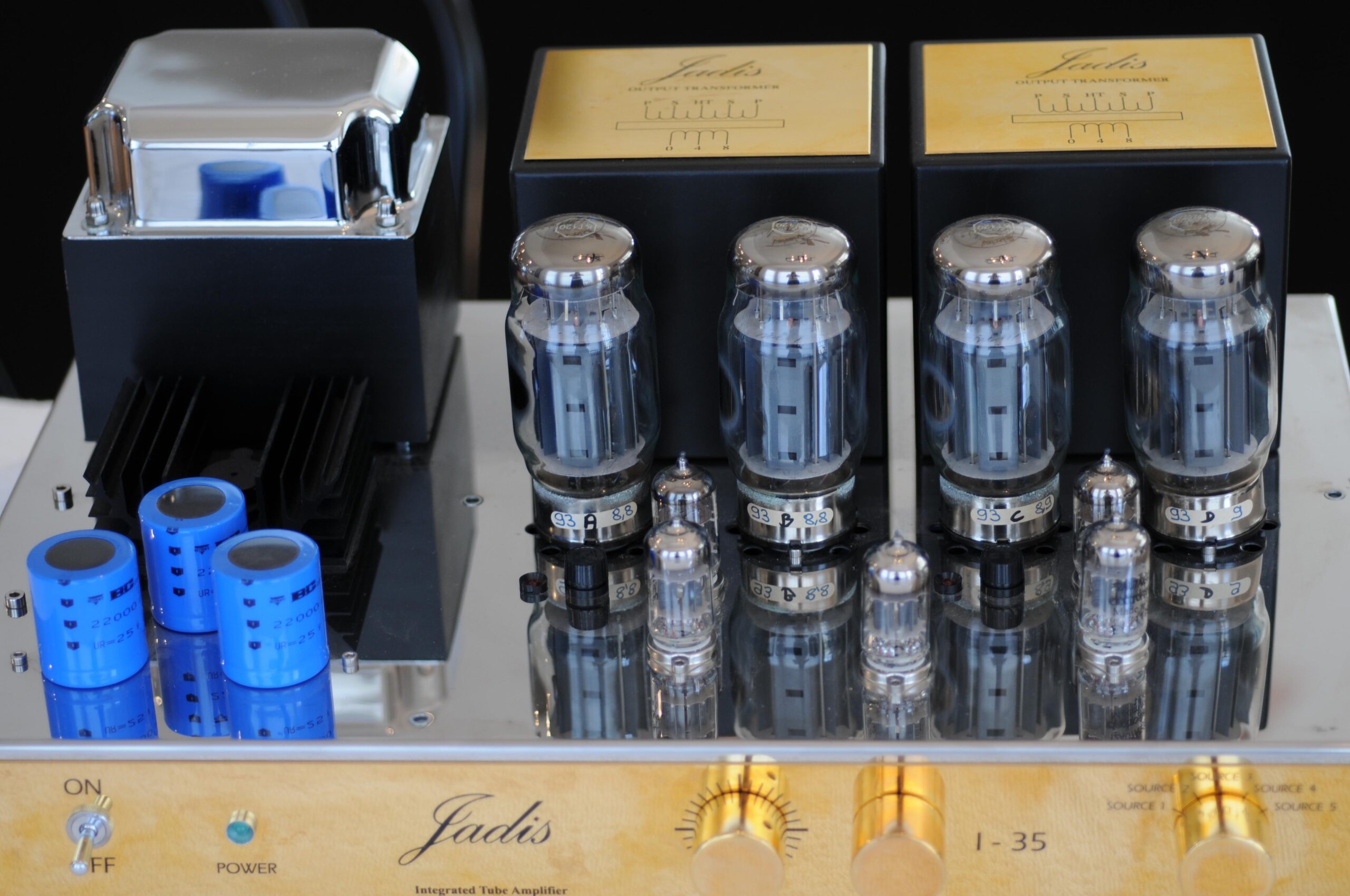
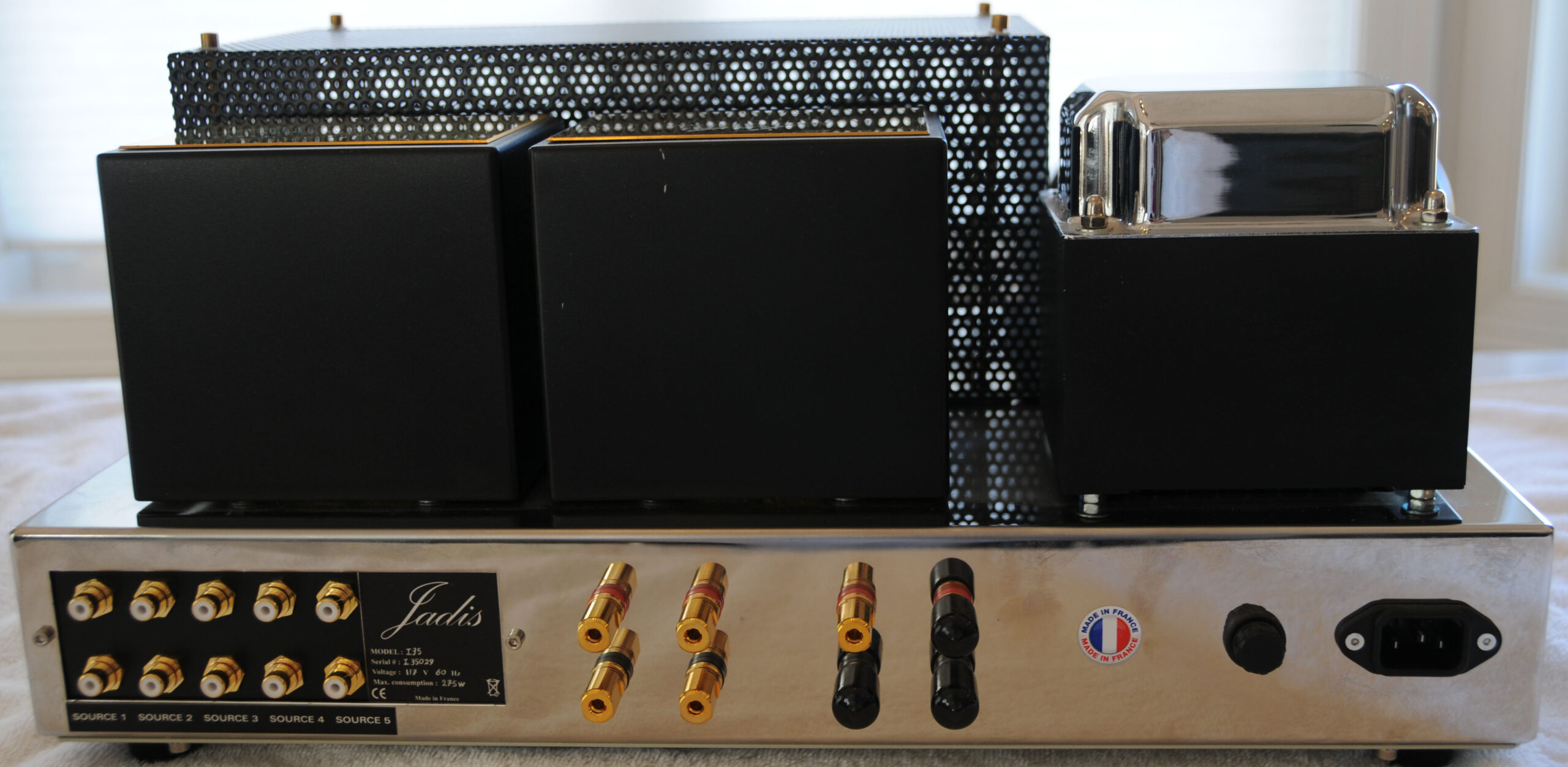
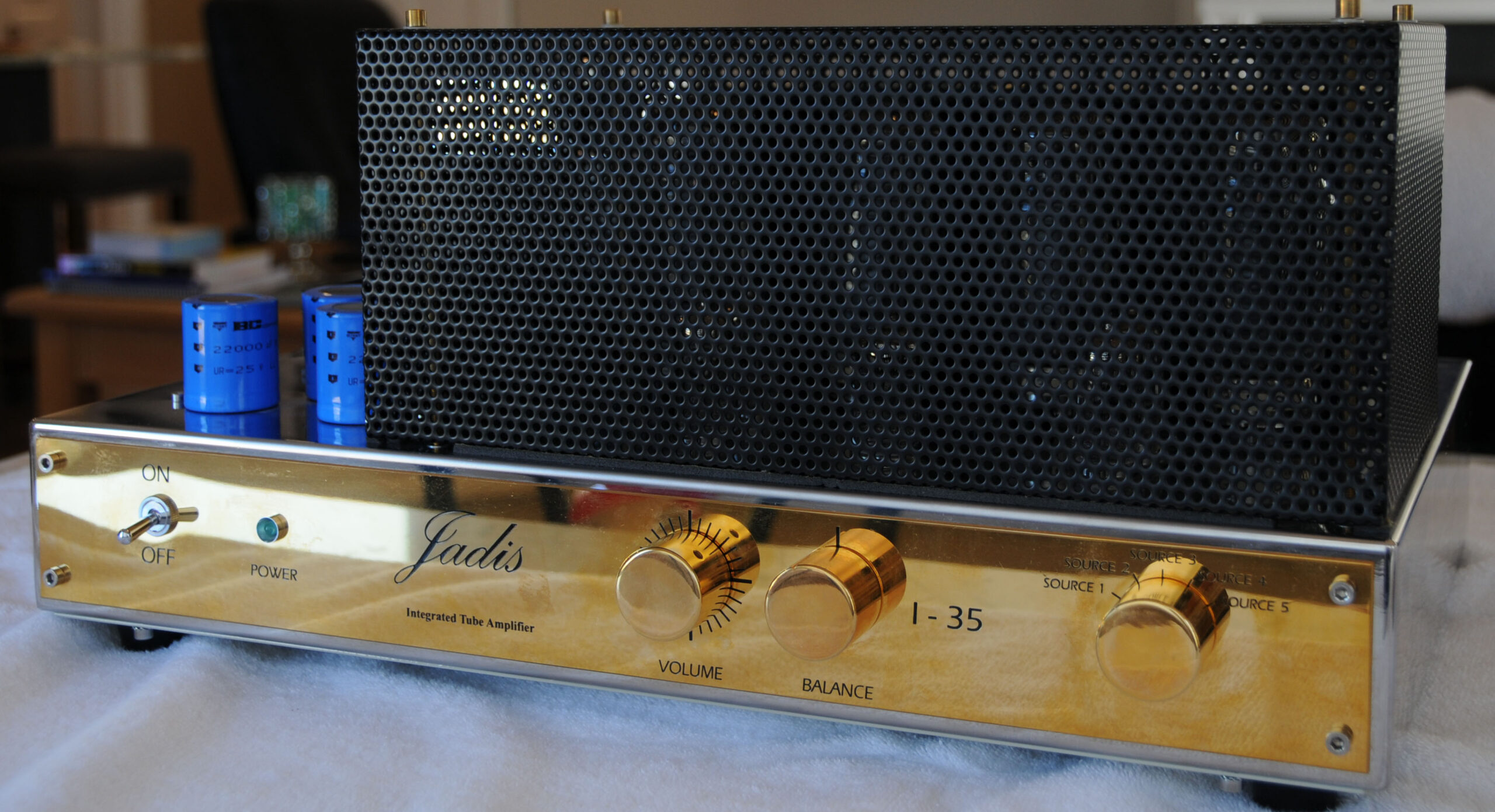
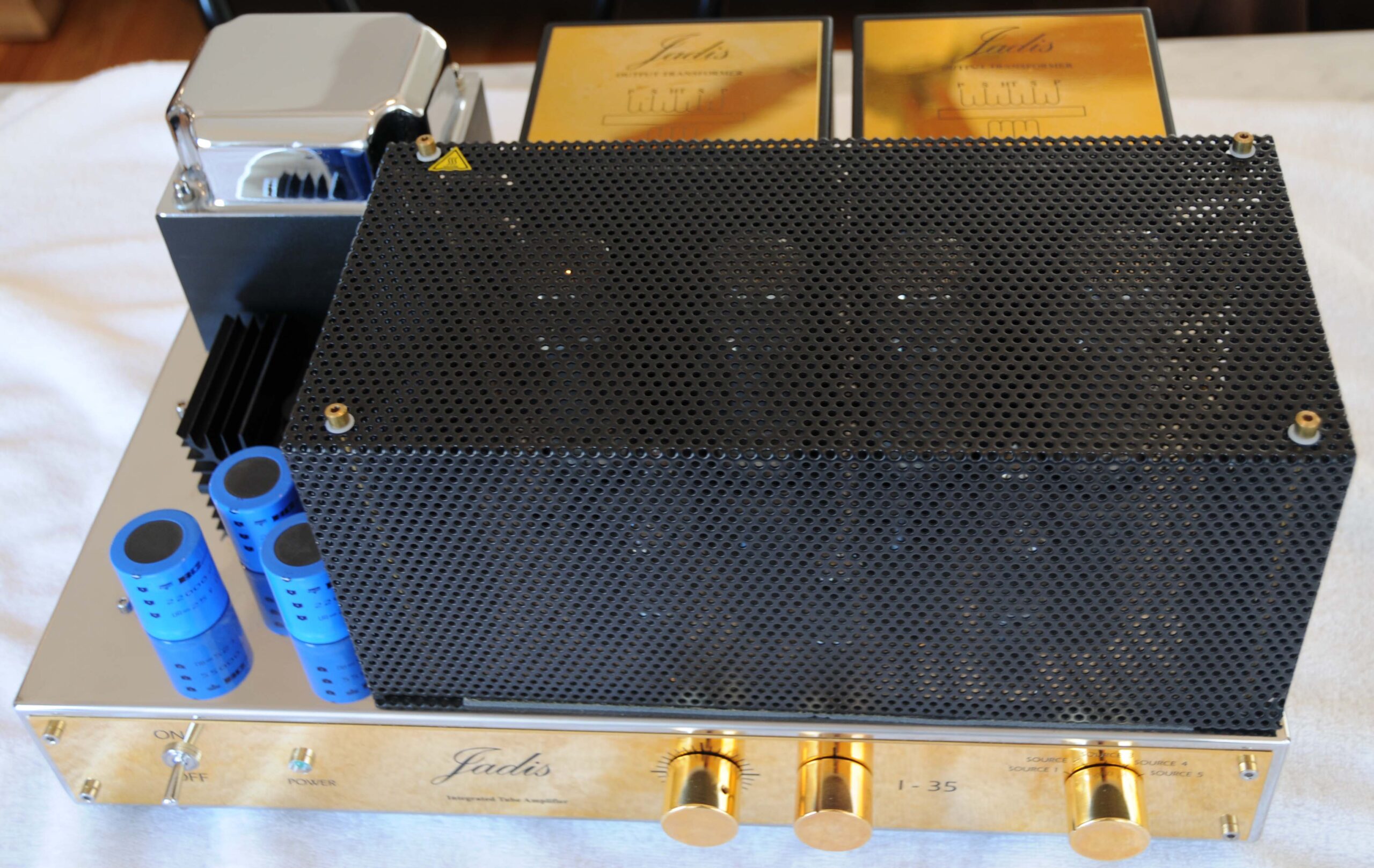
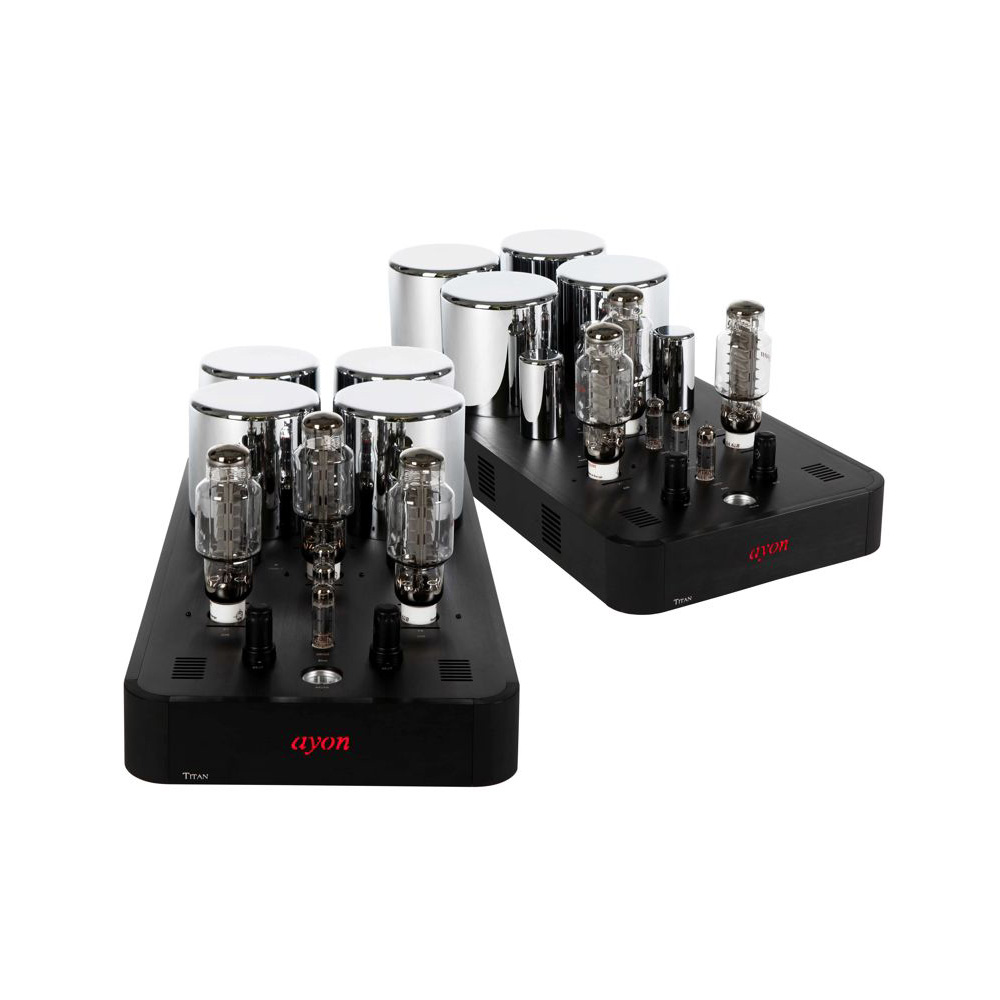
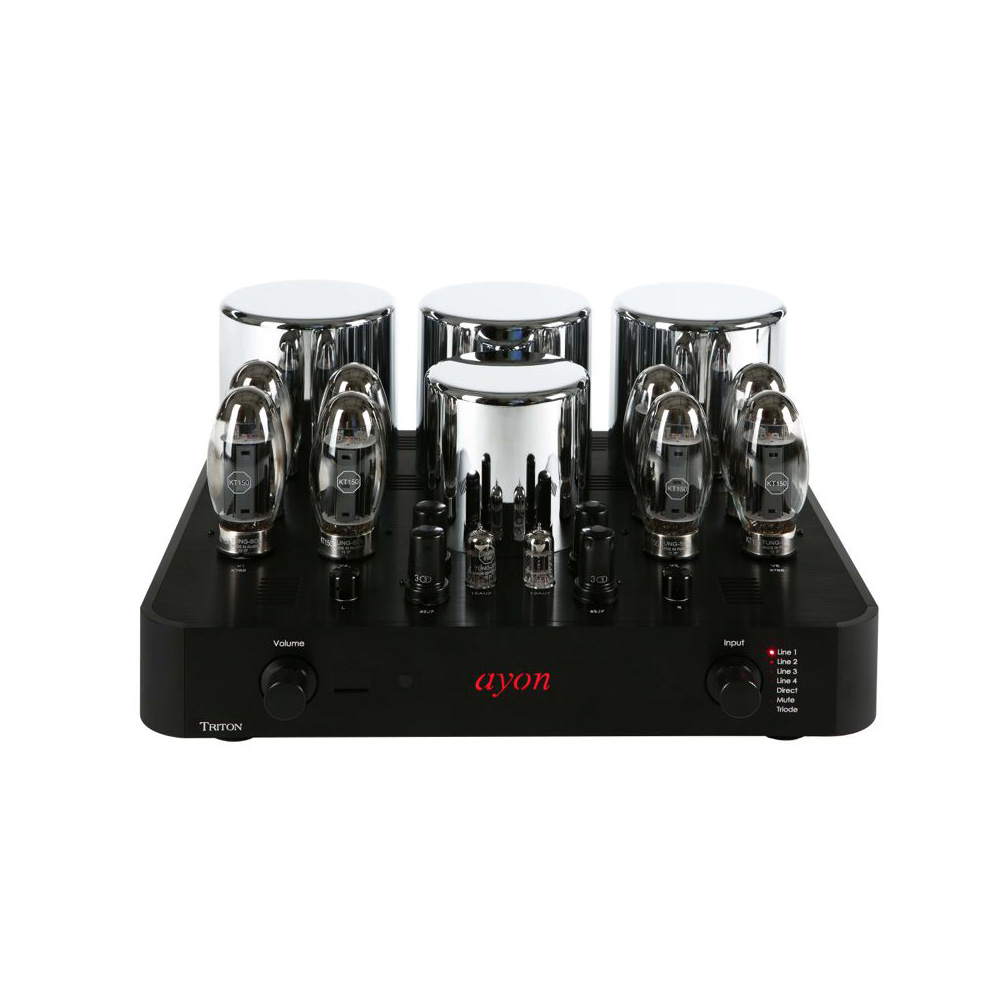
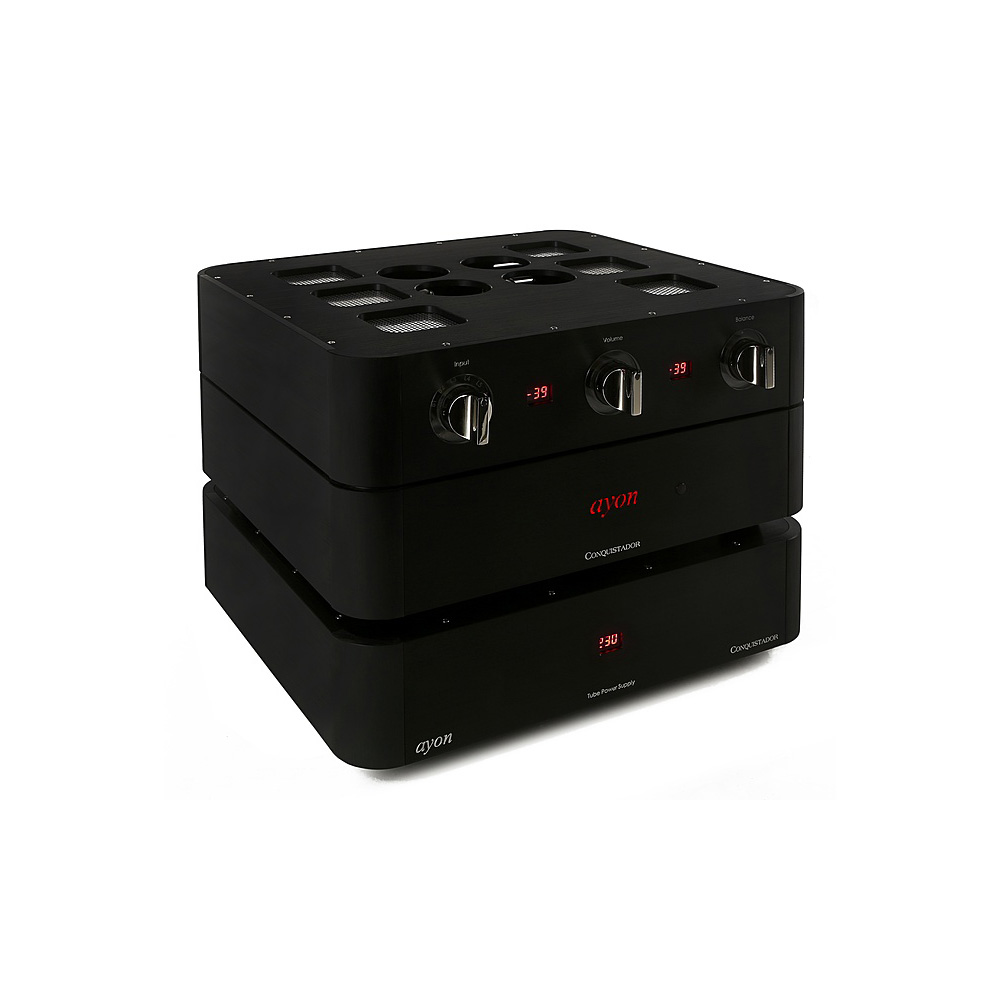
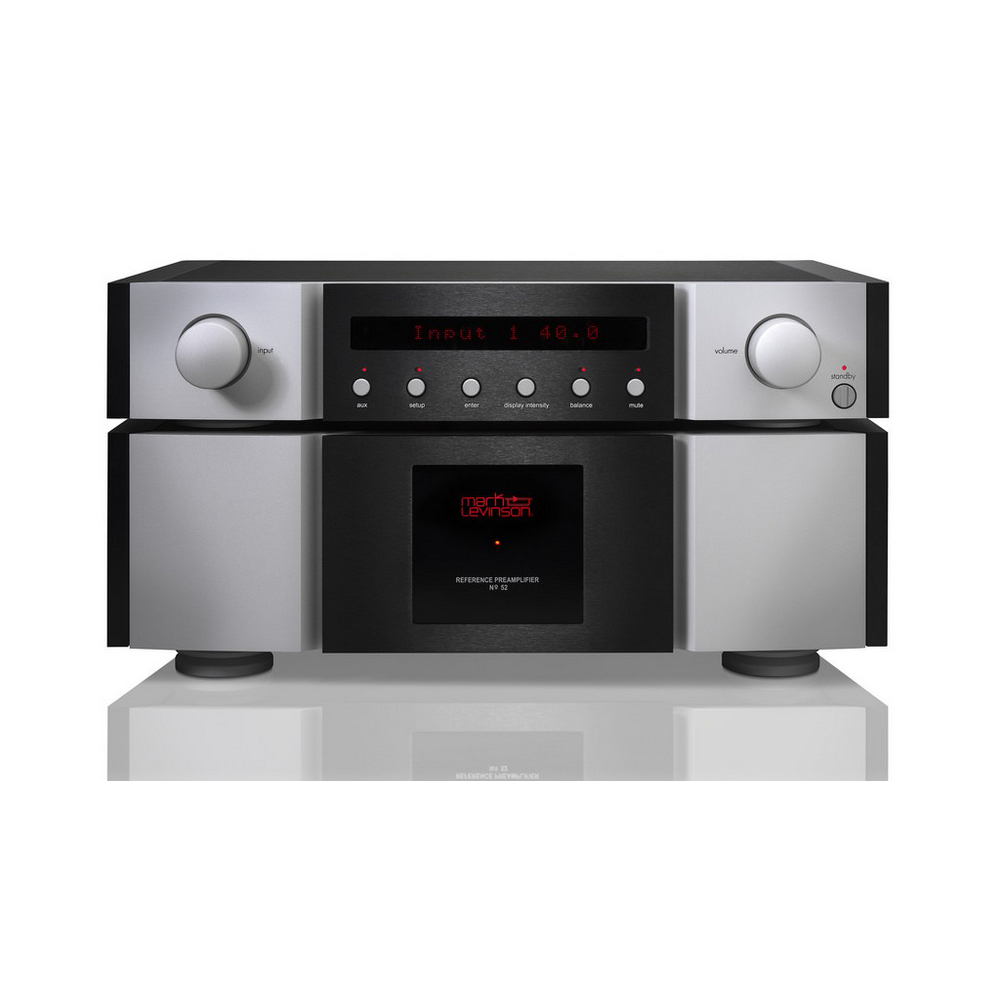
Reviews
There are no reviews yet.